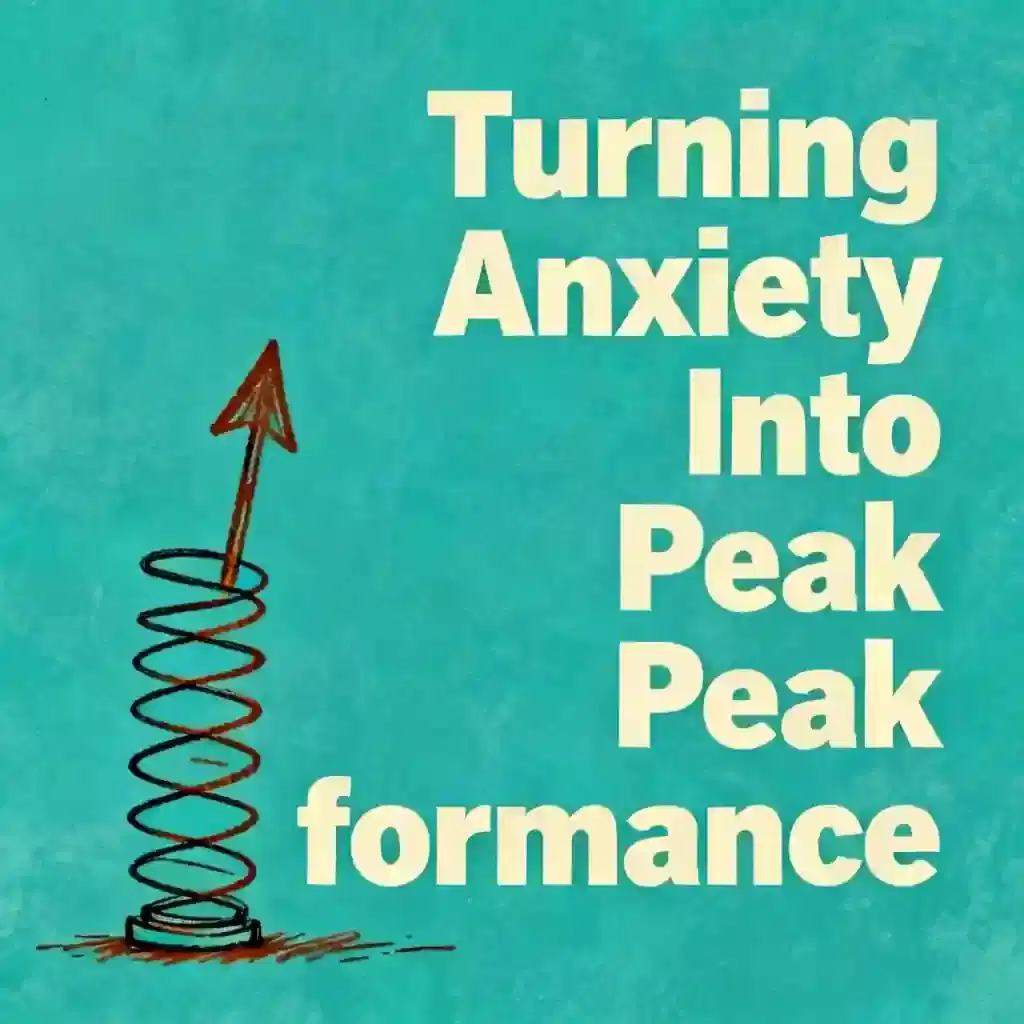What is The Hypomanic Edge by John D. Gartner about?
The Hypomanic Edge explores how hypomania—a mild form of mania characterized by high energy, creativity, and risk-taking—has driven American success. John D. Gartner argues that hypomanic traits are prevalent in successful entrepreneurs and leaders, and that America's immigrant history created a unique genetic and cultural environment where these traits flourish, fueling innovation and economic growth.
Who should read The Hypomanic Edge?
The Hypomanic Edge is ideal for entrepreneurs, business leaders, and anyone interested in the psychology of success. John D. Gartner's book appeals to readers curious about American culture, innovation history, and the connection between mental traits and achievement. It's particularly valuable for high-energy individuals seeking to understand their own drive and for those managing creative, ambitious teams.
Is The Hypomanic Edge worth reading?
The Hypomanic Edge offers valuable insights into the psychological underpinnings of American entrepreneurship and success. While some critics question John D. Gartner's retrospective diagnoses of historical figures, the book provides a refreshing perspective on how unconventional thinking drives innovation. Readers interested in psychology, history, and business strategy will find the case studies compelling, though the extensive biographical sections may feel lengthy for some.
Who is John D. Gartner and why did he write The Hypomanic Edge?
John D. Gartner is a clinical psychologist and Johns Hopkins psychiatrist who wrote The Hypomanic Edge to explore the link between mild mania and exceptional achievement. Gartner's professional background enables him to analyze the psychiatric characteristics of successful historical figures, arguing that hypomanic traits—rather than being disorders—represent advantageous qualities that have shaped America's innovative culture and competitive edge.
What is hypomania according to The Hypomanic Edge?
In The Hypomanic Edge, John D. Gartner defines hypomania as a mild form of mania featuring elevated mood, increased energy, and heightened creativity without the debilitating effects of full-blown mania. Key traits include rapid speech, impulsivity, grandiosity, and irrational confidence. Importantly, Gartner emphasizes that hypomania is not a psychiatric disorder unless it alternates with major depression, distinguishing it from bipolar disorder.
What historical figures does John D. Gartner profile in The Hypomanic Edge?
The Hypomanic Edge profiles Christopher Columbus as a messianic entrepreneur, Andrew Carnegie as a hypomanic industrialist who transformed the steel industry, and Alexander Hamilton as a brilliant founding father driven by hypomanic energy. John D. Gartner also examines Hollywood families like the Selznicks and Mayers, plus modern innovators like Craig Venter who accelerated human genome mapping. These case studies illustrate how hypomanic traits fueled extraordinary achievements.
How does The Hypomanic Edge explain American entrepreneurship and innovation?
The Hypomanic Edge argues that hypomanic traits—infectious energy, irrational confidence, and bold risk-taking—drive American entrepreneurship. John D. Gartner explains that hypomanics generate creative ideas, inspire others through charismatic leadership, and view obstacles as opportunities rather than setbacks. This psychological profile makes them natural innovators who push boundaries and challenge assumptions, creating the groundbreaking companies and industries that define American economic success.
What is the connection between immigration and hypomania in The Hypomanic Edge?
The Hypomanic Edge proposes that America's immigrant history created a higher concentration of hypomanic individuals. John D. Gartner argues that immigration is self-selecting—those willing to leave their homelands and take enormous risks are more likely to possess hypomanic traits. This genetic and cultural concentration has given America a competitive advantage, as immigrants with high energy and ambition have driven the nation's innovation and prosperity.
What are the risks of hypomania discussed in The Hypomanic Edge?
The Hypomanic Edge acknowledges that hypomania is a double-edged sword with significant risks. John D. Gartner highlights impulsivity and poor judgment that can lead to destructive decisions, potential for burnout from relentless drive and unsustainable energy levels, and interpersonal conflicts caused by intense personalities and irritability. While hypomanic traits enable great achievements, they require careful management to avoid personal and professional consequences.
How does John D. Gartner differentiate between hypomania and mania in The Hypomanic Edge?
The Hypomanic Edge distinguishes mania as a severe mental illness requiring hospitalization, while hypomania is a manageable state that doesn't typically impair daily functioning. John D. Gartner explains that hypomanics maintain their responsibilities and can channel their energy productively, whereas manics engage in dangerous or disruptive behaviors. Both conditions are genetically linked, but hypomania represents a beneficial trait in entrepreneurship and innovation rather than purely a psychiatric disorder.
How does The Hypomanic Edge suggest harnessing hypomanic traits for success?
The Hypomanic Edge recommends recognizing and embracing hypomanic strengths like creativity and ambition, then channeling that energy into productive endeavors. John D. Gartner emphasizes creating supportive environments through mentorship, collaboration, and mental health resources that allow hypomanics to thrive while managing impulsivity. He advocates balancing ambition with self-care and mental health awareness, enabling individuals to achieve goals without burnout or sacrificing well-being.
What are the main criticisms of The Hypomanic Edge?
Critics of The Hypomanic Edge question John D. Gartner's retrospective psychiatric diagnoses of deceased historical figures, calling the methodology speculative and risky. Some reviewers note the book relies heavily on confirmation bias, using examples that support the thesis while potentially overlooking contradictory evidence. Additionally, readers have criticized dated gender assumptions that portray entrepreneurs exclusively as male, and found certain biographical sections excessively long and tangentially related to the core argument.




























